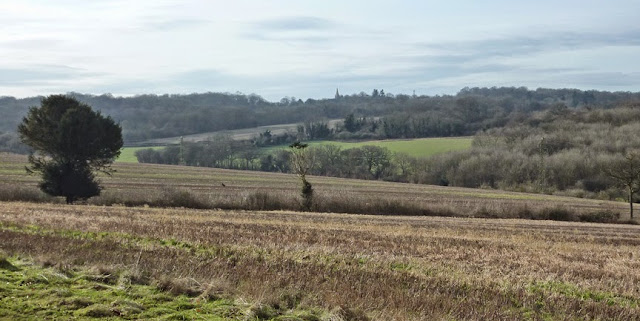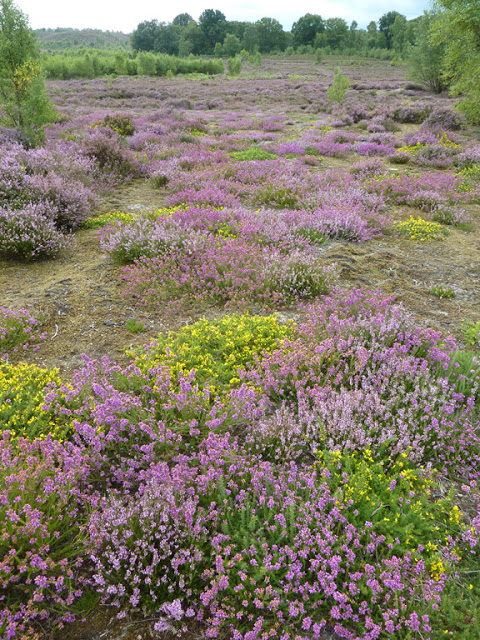Going with the flow

One of my favourite views - looking eastwards from the moat, Dungeness Bird Observatory 2016. Not yet with us, but undeniably casting a shadow upon all that we do. Over the years I have found that the days between Christmas and the New Year to be irritants, hours that get in the way of reaching the 'brave new world' that is the coming new year. But it hasn't happened this year. I have been quite content to live in the present and not project myself into some unknown future. It's maybe because I really haven't committed myself to any great plans or aims for next year. I do have stuff that will bubble away in the background. A repeat of the Surrey v Northumberland patch birding competition has been agreed, with baseline figures in place (mine lowered from last year). There are a few species of plant and moth that I have yet to see that I quite fancy seeing, but these will happen (or not) in a laid back style. I have, for a while, annually visited the Pulborough...
















